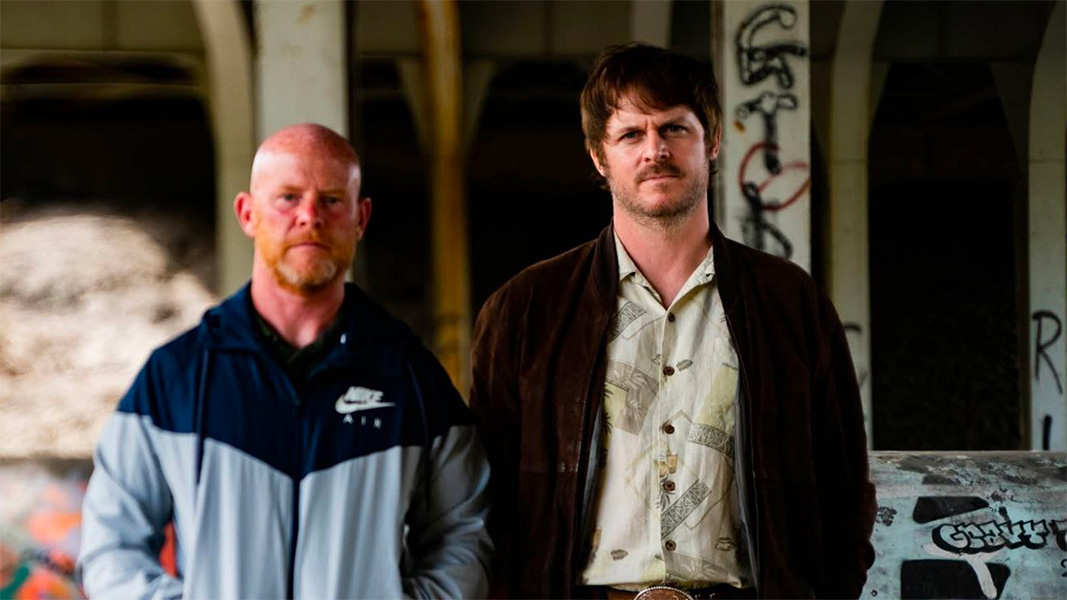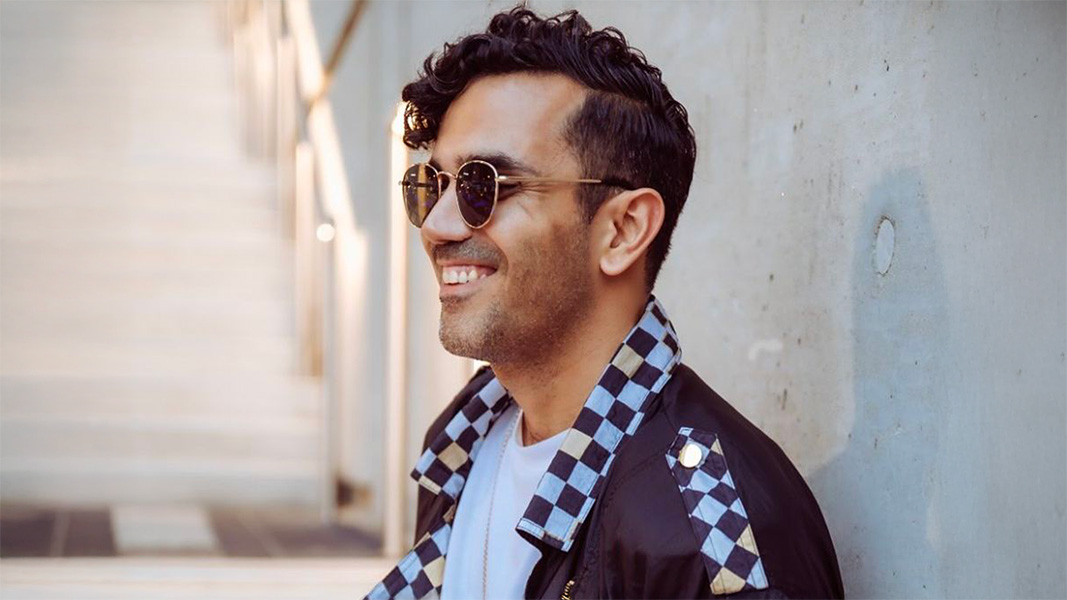Lovely little surprise for you guys today. This one’s a real treat for the djs and producers out there. Not only have we got an exclusive premiere of the latest Daithí remix, a quality VIP edit of ‘Can’t Let Go’ by the Original Rudeboys, but we also delve deeply in the production process of the talented Galway man with a mini Q & A. We talked DAWs, remix approach, essential VSTs & his top 5 production tips. Check out the new remix below (make sure to snap up that free DL) and get reading!
WWD : First of all, tell us about how you got involved with the Original Rudeboys?
Daithí : This was a strange one because usually I know the act fairly well before remixing. I’ve only met the lads once or twice, but I heard the single on the radio, it stood out because of the vocal melody, it could easily be a house vocal sample I think. So I got in touch through twitter and they were up for it, I got sent the individual stems a few days later from their producer in the UK and got to work.
WWD : Talk us through how you approach a new track. How does your remix process differ from making original music?
Daithií : My remix process is pretty different because you already have a ton of elements at your disposal starting out, compared to my own tracks were I start from scratch. Usually I start by finding the key, I play a loop of the main chords and figure it out with my fiddle. Then I choose a BPM close to the original and put a simple four to the floor kick drum, doesn’t have to be anything nice, just any kick will do for the start. After that I get my Push controller out and start messing with the vocal, cutting up the pieces into little rhythms. In this remix I had the words cut into ‘Gotta let it go’ pretty quickly. So I’ll actually have a new vocal melody before even making the song in most cases.
WWD : What is your DAW of choice?
Daithí : I’ve always used Ableton. I think you can do a good job on any DAW, it’s all about how comfortable you are with it. Ableton lets me get my ideas out really quickly, I’ve tried to use Logic for production but by the time I figure something out I’ve forgotten the idea I had. I also use Ableton for my live performances, so it’s basically built into my head at this stage.
WWD : Any VSTs/Plugins you can’t live without?
Daithí : For basslines I’ve been using a synth called Diva, which is the closest I’ve gotten to analog gear, it’s incredible. After that mixing wise I love the waves plug ins, They are on every channel. You’ll see the waves Ssl compressor, H-Delay and the Trueverb on every project. Soundtoys plugins are also everywhere, I use the Decapitator to beef up drum tracks.
WWD : Can you give us your top 5 producing tips?
Daithí :
1. Step away from the computer a lot. Stand up in your room and move around, see how the groove feels while jumping about. Keep your eyes closed while listening too, you can bogged down in production stuff if you’re looking at the screen all of the time.
2. Seems like a simple one, but always pan your drum parts into different areas of the mix, think about where a drummers drums are when you’re looking at him and place your drum sounds accordingly. Or go the complete other way and put them in weird places! Always keep that Kick and snare in the centre though, for the drive 🙂
3. Youtube is your best friend in the world. You can learn everything you need from it, how to work new plug-ins, mixing a certain sound, or how to do something in your DAW. Check out the Dave Pensado ‘Into the lair’ series and Tom Cosm for Ableton stuff. It’s also a great source for inspiration, I really like watching interviews with artists talking about their production stuff, there’s a future music series called ‘In the studio’ that’s particularly good, Four Tet does an interview in the series that is amazing. Fact magazine have a series called ‘against the clock’ that’s also really good.
4. Never, ever EVER put a track online the same night you finish it, don’t even show it to someone. I love that excited feeling when a track is done and you just want to get it out there and show to people, but nine times out of ten if you go to sleep and leave the track for a while, when you listen again you’ll find something that needs to be improved, or something that needs to be added. The first listen after a break is really important, because it’s as close to a fresh listener as you’re going to get. Sit down with a pen and paper and write down the first issues you hear, the first things that stand out and need to be addressed. Some producers don’t even like listening the the whole track a lot during the process, so that it stays fresh.
5. Always remember that there is no ‘right way’ to produce. The best thing about the whole process is that you can do pretty much anything you want nowadays, and some people will prefer mixing something a certain way, whereas another person will think that way is terrible. Look at the music you like and take influence from that, but once you’re in the moment trust your ears, it’s a constant learning process but the more you do it the better your ears become. If you think something sounds good then trust yourself, don’t think you have to mix something a certain way.





